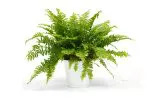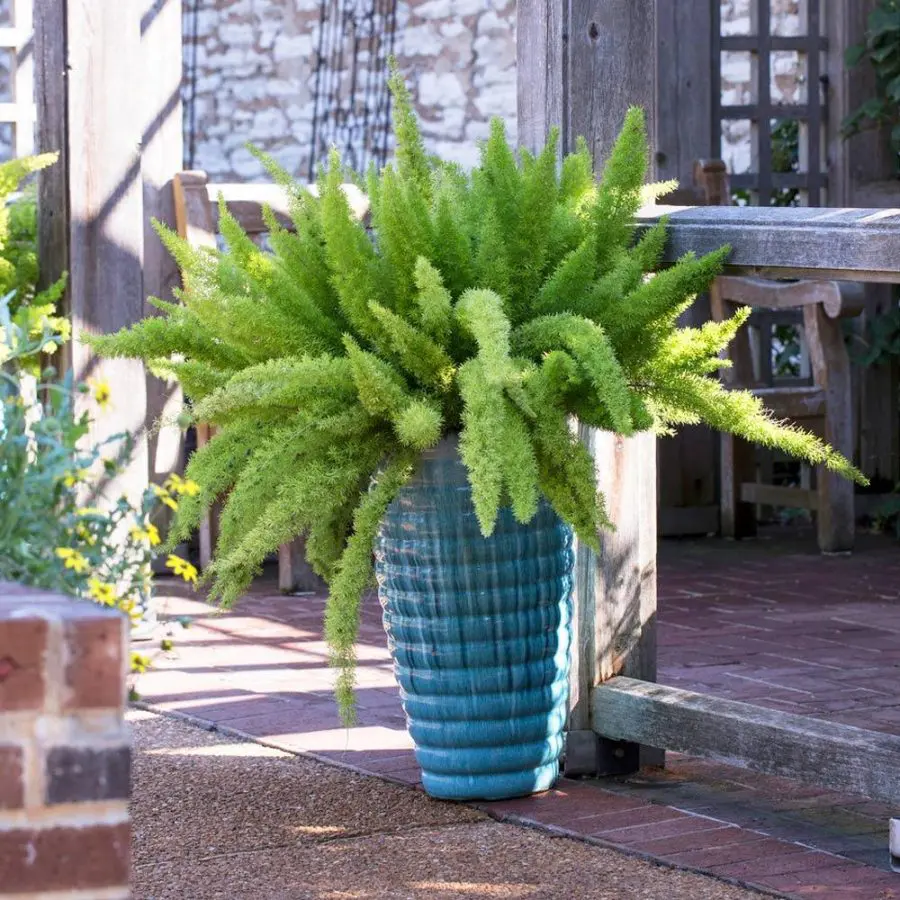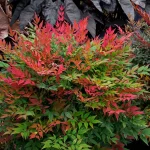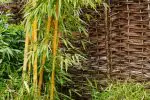This post contains affiliate links. If you buy something from one of our links we may earn a commission. Thanks
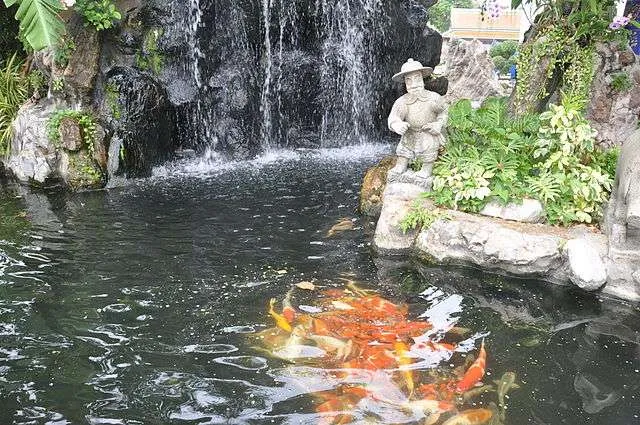
Looking to build a Koi Pond? Our Beginners Guide to Koi Pond Construction has got you covered! Dive into the world of fish, water, and greenery.
The beginner’s guide to koi pond construction emphasizes the importance of proper planning and attention to detail. Key factors include choosing the right size and shape, location, filtration system, and pond liner. The guide also advises on equipment and regular maintenance to ensure a healthy environment for your koi.
Are you feeling lost in the sea of options when it comes to pond filtration systems?
Fear not! Our beginner’s guide to pond filtration systems is here to help.
Whether you’re new to pond ownership or just in need of a refresher, we’ve got you covered.
From mechanical to biological filtration, we’ll break down the different types of systems and help you choose the best fit for your aquatic oasis. Let’s dive in!
Beginners Guide to Koi Pond Construction
A koi pond is a beautiful addition to any backyard, providing an enchanting spectacle of brightly colored fish swimming gracefully in crystal-clear water.
A school of koi in a pond is such a remarkable and imposing spectacle to behold.
Building a koi pond, however, is not as simple as just digging a hole and filling it with water.
It requires attention to detail and proper planning to ensure that the pond meets the needs of the koi and provides a healthy environment for them to thrive.
In this beginner’s guide to koi pond construction, we will discuss the important factors to consider when building a koi pond and provide easy guidelines to help you create the perfect koi pond for your home.
Here is a beginner’s guide to koi pond construction. A school of koi in a pond is such a remarkable and imposing spectacle to behold.
Good koi pond construction will go a long way toward allowing an enthusiast to enjoy these brilliantly colored koi.
You will want your koi pond designed to maintain crystal clear water and a well-landscape design to mesmerize friends and visitors alike.
The construction of the pond will have some significant factors to be considered in order to perfectly fit with your own design.
Koi Pond Construction Requires Attention To Detail
Basically, koi are hardy fish but with special requirements that need to be met to keep them healthy.
Koi pond construction is not at all like building a simple water garden.
Koi ponds can be very complex so special attention should be paid to details and design before koi pond construction is begun.
Therefore this beginners guide to koi pond construction can’t cover all details.
Every koi enthusiast has an idea of what a koi pond should look like and the kind of equipment they want.
Regardless of these ideas, koi ponds must be properly planned, designed, and constructed based on meeting the koi’s needs.
Any system that maintains good water quality will work and although there are many ways to accomplish this all koi enthusiasts would agree proper filtration is the most critical factor to consider when building a koi pond.
Here Are Some Easy Guidelines For Koi Pond Construction
The first element to consider is pond size and shape. Initially, most new koi enthusiasts want to have a large pond.
Large ponds are beautiful to behold and have less temperature and water quality fluctuations so are easier to maintain.
But of course, they cost more to build. As a general rule, build only the pond that you can afford.
Do not overextend yourself and try to cut corners on your pump and filtration. It would be better to build a smaller pond in such a case.
Pond Size And Shape
The first element to consider is the size and shape of the pond.
Initially, most new koi enthusiasts want to have a large pond because large ponds are beautiful to behold and have fewer temperature and water quality fluctuations, making them easier to maintain.
However, large ponds also cost more to build, so it’s important to build only the pond that you can afford.
As a general rule, a pond should hold at least 1000 gallons of water per fish.
Your koi may be small now but they will not stay that way and can reach 36 inches long in a few years.
Overcrowding causes stress and disease and puts a strain on the filtration system.
Pond Shape
The shape of your pond will depend on your aesthetic design and preference.
You can give any shape to the pond you can imagine – circular, rectangular, hexagonal, or totally irregular.
But be aware the more complex the shape the harder a pond is to keep clean and filter.
You will need more bottom drains and require more pond liner for complex shapes.
Choose The Right Location For Your Pond
After determining the size and shape of the pond, the location of your koi pond must be chosen properly.
Important considerations that should be made in choosing the spot for your pond are proper lighting and shading.
Too much light will overheat the water and not enough will make it difficult to grow any pond plants.
Ideally, a location with morning sun should be chosen if possible. Large trees nearby can fill your pond with debris in the fall and their roots may get in the way of your excavation.
The accessibility and availability of utilities are important during koi pond construction and afterward to supply water for the pond and electricity for your pump.
Koi Pond Filtration
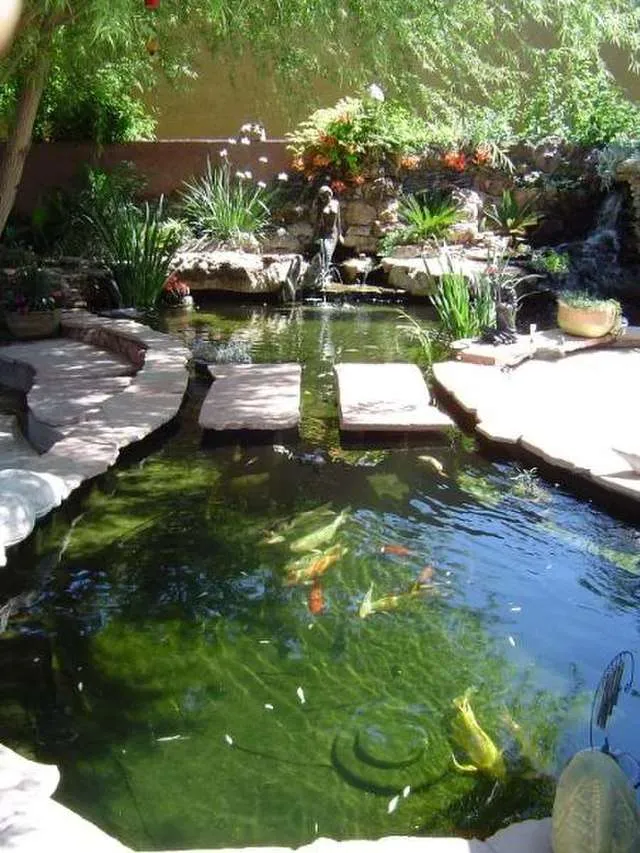
Filtration is another factor to be considered in building your pond.
During the planning stage of constructing your pond, your filtration system should have been determined based on the size of the pond and the number of koi to be raised.
A miscalculated system will result in poor filtration which will then require frequent and labor-intensive cleaning of the filters.
This will also result in more expenses for additional filter equipment. At worst it might result in a massive fish kill due to the non-elimination of waste products and harmful compounds in the pond.
Koi Pond Liner
The liner of the pond is an important factor to consider as it will protect the pond from the ground and keep the water in the pond. There are different types of pond liners available in the market, like EPDM rubber liners, PVC liners, and preformed pond liners.
You want to choose an EPDM liner because they are the strongest, most puncture-proof, and longest lasting.
Koi Pond Equipment
Once the pond is built, you’ll need to equip it with the necessary equipment to keep your koi healthy and the water clean.
This includes a pump, filter, possibly a heater or deicer, and UV sterilizer. It’s important to choose equipment that is the right size for your pond and that is designed specifically for koi ponds.
Beginners Guide to Koi Pond Construction FAQ
Building a koi pond is more than just a weekend project; it’s a commitment to creating a living ecosystem in your backyard.
From the initial planning stages to the ongoing maintenance, there are several questions that often come up for those new to the world of koi ponds.
Below are some frequently asked questions to help you navigate through the process of koi pond construction and maintenance.
Q: What is the best way to build a koi pond?
A: The best way to build a koi pond is to plan and design it properly before starting any construction.
This beginners guide to koi pond construction is a good place to start. The pond should be big enough to accommodate your koi fish and should have the appropriate depth, filtration, and aeration system to maintain the water quality.
It’s important to use high-quality materials, such as EPDM pond liner, and to ensure that the pond is properly sealed and free of leaks.
You should also consider adding features such as waterfalls, plants, and underwater lighting to enhance the aesthetic appeal of the pond.
Q: How much does it cost to build a koi pond?
A: The cost of building a koi pond can vary widely depending on the size, location, and features you choose.
On average, a basic koi pond can cost anywhere from $2,000 to $5,000 for a small pond, while larger ponds with more elaborate features can cost upwards of $20,000 or more.
It’s important to budget for ongoing maintenance costs, such as electricity for the filtration system and fish food.
Q: Can I build a koi pond myself?
A: Yes, you can build a koi pond yourself if you have the proper knowledge, tools, and experience.
However, it’s important to ensure that you follow proper construction guidelines and safety precautions, such as wearing protective gear when working with heavy equipment or chemicals.
If you’re unsure about any aspect of the construction process, it’s best to consult with a professional pond builder or contractor.
Q: How deep should a koi pond be?
A: The depth of a koi pond should be at least 3 feet deep, but ideally, it should be between 4 and 6 feet deep.
This depth provides enough water volume for the koi to swim and allows for adequate filtration and aeration.
Additionally, a deeper pond will help regulate water temperature and prevent the pond from freezing over during the winter months.
Beginners Guide to Koi Pond Construction Final Thoughts
In conclusion, building a koi pond is a rewarding experience that requires careful planning, attention to detail, and a proper understanding of the needs of the koi.
By considering the size and shape of the pond, the location, the filtration system, the liner, and the equipment, you can ensure that your koi pond is well-designed and built to provide a healthy environment for your koi to thrive in.
By following the guidelines provided in this beginner’s guide to koi pond construction, you can create a beautiful and mesmerizing koi pond that will be a source of joy for years to come.
It’s also important to remember that a koi pond is a living ecosystem, and it requires regular maintenance and upkeep to ensure that the water is clean and healthy for your koi.
This includes regular water testing, cleaning the filters, and performing regular water changes.
Additionally, it’s important to provide your koi with the proper diet and ensure that the water temperature is within the appropriate range for koi.
Lastly, it’s important to keep in mind that koi are living creatures, and they have specific needs that must be met to ensure their well-being.
Building a koi pond is not just about creating a beautiful backyard feature, but also about providing a healthy and safe environment for the koi to live in.
With proper planning, attention to detail, and regular maintenance, you can enjoy the beauty of koi in your backyard for many years to come.
Read more: Water Gardening for Beginners: 11 Tips For Successful Water Gardens

